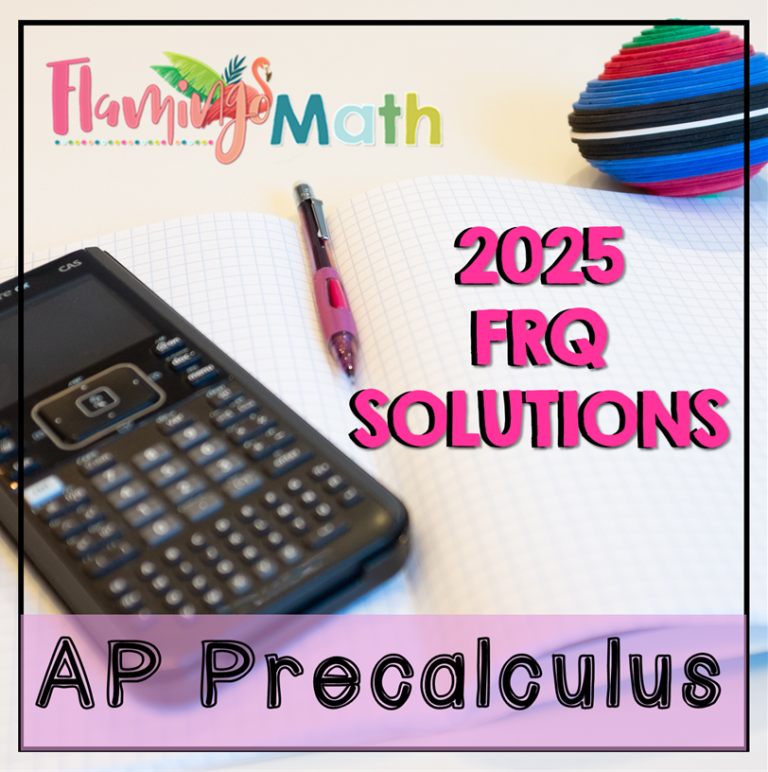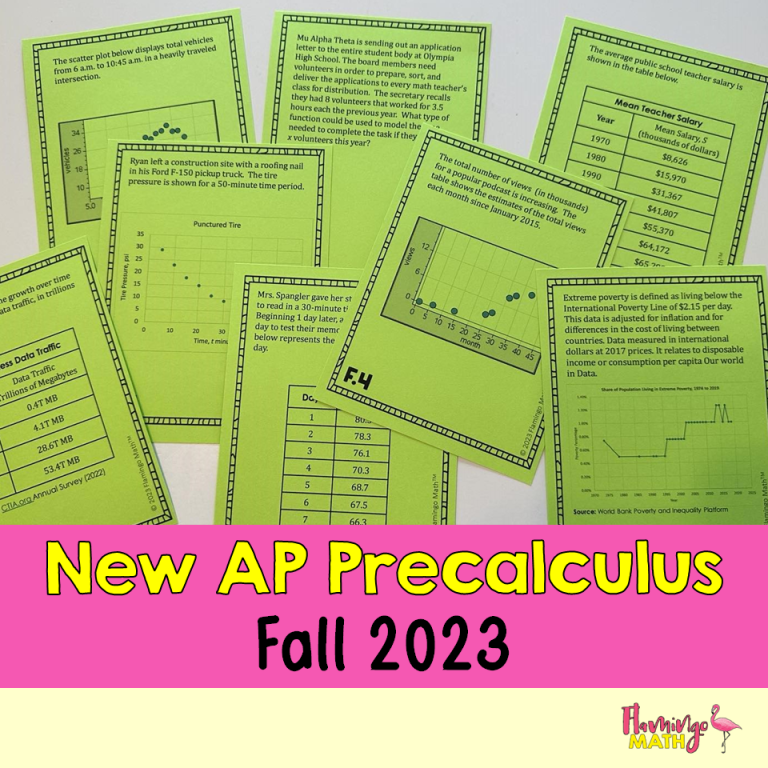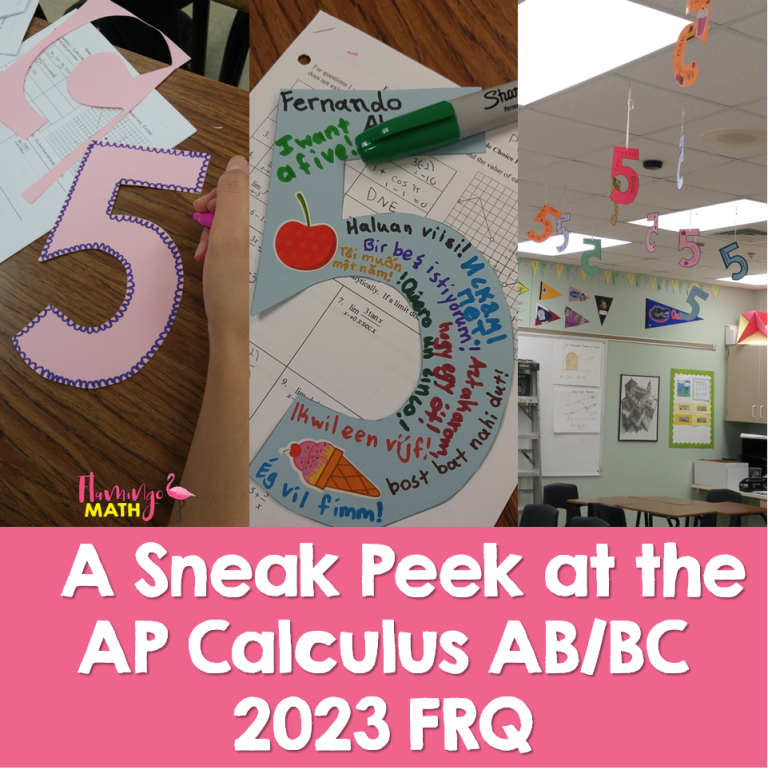3 Tips Before Teaching Limits
As the second semester begins, do you think about how well your Pre-Calculus students understand functions from a Calculus perspective? By now they have explored piecewise functions, asymptotes, extrema, continuity, boundedness, and have been exposed to some limit notation. Soon it will be time to enter the world of Calculus with a study of Limits and Continuity. As teachers, we see the “BIG IDEAS” and understand the spiderweb of connections. How can we help our students piece together function behavior, algebra, and new concepts to see these relationships? Be sure to read the entire post, I have a FREE CONTINUITY REVIEW for you and your students!
TIP #1: KNOW YOUR GRAPHS
Which comes first, limits or continuity? Since the definition of continuity depends on limits, and we use limit concepts to define and explain asymptotes, it seems like a Catch-22 situation. The two big problems of Calculus, the tangent line problem and the area problem, are defined by limits. So, it is important that we (educators) get this right!
That’s where the dilemma begins each school year. In August, begin with the end in mind! My personal “best practice approach” in preparation to teach limits effectively is a plan to take every advantage possible where students can:
- Discuss, emphasize, and recognize discontinuity in functions
- Think about end behavior and function dominance
- Stress number sense and mental math
Be sure to cover the TYPES OF DISCONTINUITY thoroughly. Help students practice mathematical language so they have a good grasp of the terminology. Also, be sure that they KNOW THEIR GRAPHS! This is a key element to successfully finding limits. Throughout the year, stress the RULE OF FOUR TECHNIQUE (Graphical, Numerical, Algebraic, and Verbal). Then, when you teach the limits unit, they will see that this GNAW approach to explore all four methods will finally begin to make sense.
TYPES OF DISCONTINUITY:
- Removable – a hole in the graph, a point discontinuity
- Non-Removable
- Infinite – vertical asymptote
- Jump – piecewise defined functions
- Oscillating
If you want to assess what your students know (or don’t know) I’ve got a free Continuity Review for you here!
TIP #2: END BEHAVIOR & DOMINANCE
Do your students have a foundation for function behavior and dominance? When we explore functions and their end behaviors, we need students to consider some important trends. These will help students find limits a little faster if they are aware of the hierarchy.
TRAITS OF DOMINANCE IN FUNCTION BEHAVIOR:
- Exponential functions will dominate polynomials
- Polynomials will dominate logarithms
- Large base exponentials will dominate smaller base exponentials
- Higher power polynomials will dominate lower powers
TIP #3: INFINITY IS NOT A REAL NUMBER
Then, finally help them understand that INFINITY IS NOT A REAL NUMBER! This is best accomplished by beating them over the head with a dead fish! No, maybe that’s not such a good idea! Also, remind them that and . You get the idea!
At this point, you can introduce limits! I like to ease them into the fact that a limit is about the journey, not the destination. I want them to grow into the understanding that the limit of a function does not need to be a defined value of the function. This takes time.
Be sure to read my next post for a discussion about various methods for teaching limits.
Subscribe to our mailing list!
We will send you the FREE PROPERTIES OF LIMITS INFOGRAPHIC
Success! Now check your email to confirm your subscription.



